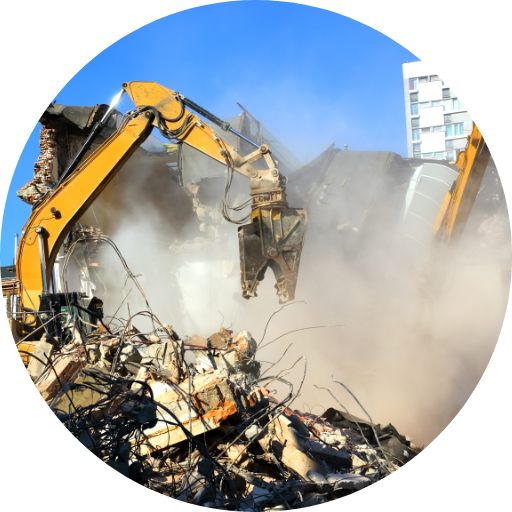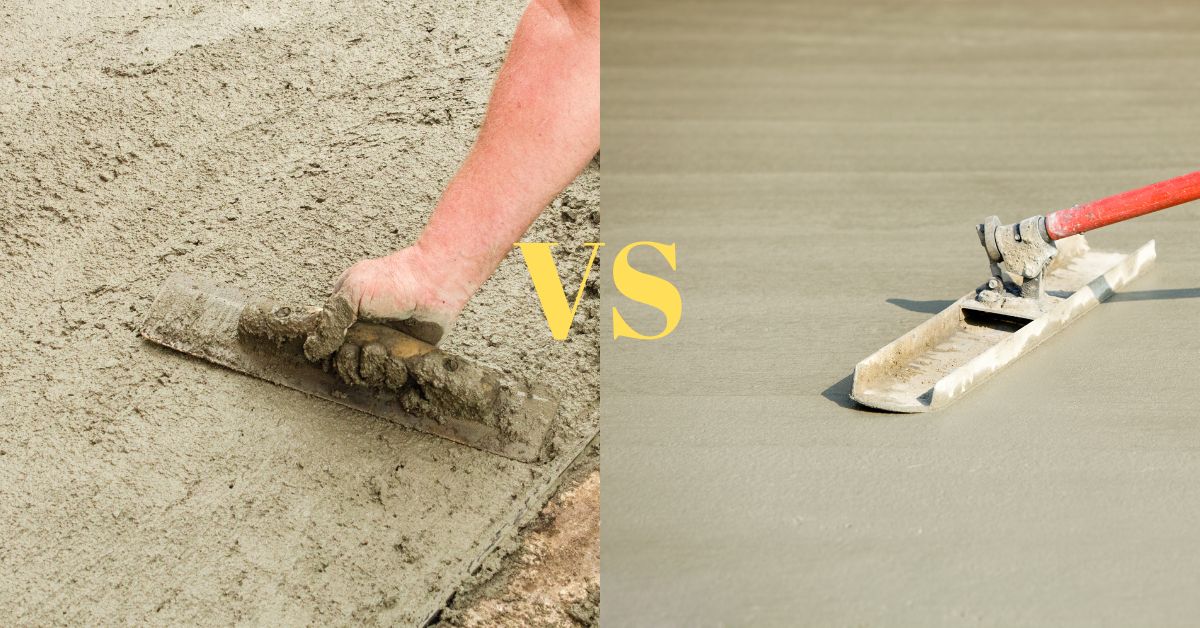Concrete, the ubiquitous building material, can be molded into a variety of finishes. The final stage often involves using a float or a trowel, but what’s the difference between these seemingly similar tools? Let’s delve into the world of concrete finishing and explore the distinct roles of trowels and floats.
Table of Contents
The Smoothing Specialist: The Float
A float is the first line of defense in achieving a level and uniform concrete surface. Imagine a flat, rectangular, or round board – that’s the basic design of a float. Traditionally made of wood or magnesium, it comes in various sizes for tackling large areas or intricate corners.
Here’s what a float does:
- Leveling: As the concrete begins to set, but is still workable, the float glides across the surface, pushing down high spots and filling in depressions. This creates a flat, consistent base for further finishing.
- Consolidation: The floating motion helps bring heavier aggregate particles (like gravel or crushed rock) down towards the bottom of the concrete slab. This creates a denser and stronger surface layer.
- Texture Creation: While a smooth finish is a common goal, floats can also be used to create specific textures. By using a textured float or manipulating the floating technique, artisans can achieve a brushed, striated, or even a slightly roughened surface for better traction.
The Polishing Pro: The Trowel
The trowel takes over where the float leaves off. It’s designed for achieving a smooth, polished concrete surface. Imagine a flat, rigid blade made of steel, typically smaller than a float.
Here’s how a trowel works its magic:
- Smoothing and Polishing: Used after the concrete has set further, the trowel works the surface to a smooth finish. This is achieved by the trowel’s rigid blade gliding across the concrete, filling minor imperfections and bringing out a polished sheen.
- Density and Strength: Trowelling compacts the surface layer of the concrete, squeezing out air pockets and creating a denser, stronger finish. This is ideal for high-traffic areas like warehouses or commercial spaces.
The Finishing Touches: Working Together
While floating and trowelling seem like separate stages, they often work in tandem. Here’s a typical sequence:
- Floating: After the concrete is poured and screeded (roughly leveled), the floating process begins. This establishes a flat base and brings the aggregate down.
- Trowelling: Once the concrete has stiffened further, trowelling commences. Multiple passes with progressively smaller trowels and increased blade angles achieve a smooth, polished finish.
Choosing the Right Finish: Trowel finish vs Float finish concrete
The choice between a float finish and a trowel finish depends on the desired outcome and the project’s specific needs:
- Float Finish: Ideal for applications where a smooth, level surface is sufficient, like patios, sidewalks, or basements where traction is important. It’s also a good option for exposed aggregate finishes, where the textured look is part of the design.
- Trowel Finish: Perfect for high-traffic areas requiring a very smooth, easy-to-clean surface. This includes warehouses, workshops, and retail spaces. However, trowel finishes can be slippery when wet and may not be ideal for exterior applications exposed to elements.
The Final Word: A Team Effort
Both trowels and floats play crucial roles in achieving a high-quality concrete finish. Understanding their distinct functions and working together effectively with these tools paves the way for a successful concrete project.
In conclusion, trowels and floats, though similar, serve distinct purposes. Selecting the right tool and technique ensures your concrete surface is not only aesthetically pleasing but also functionally sound for years to come.

